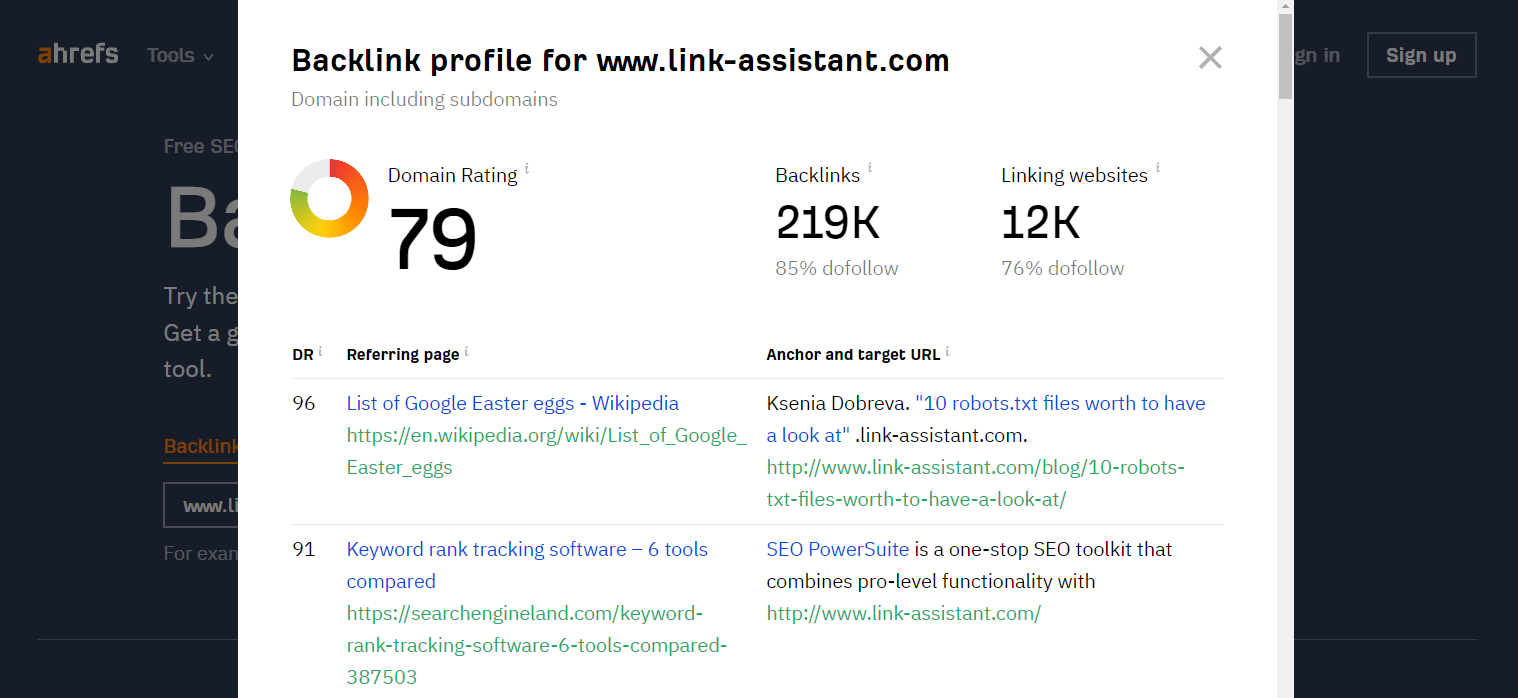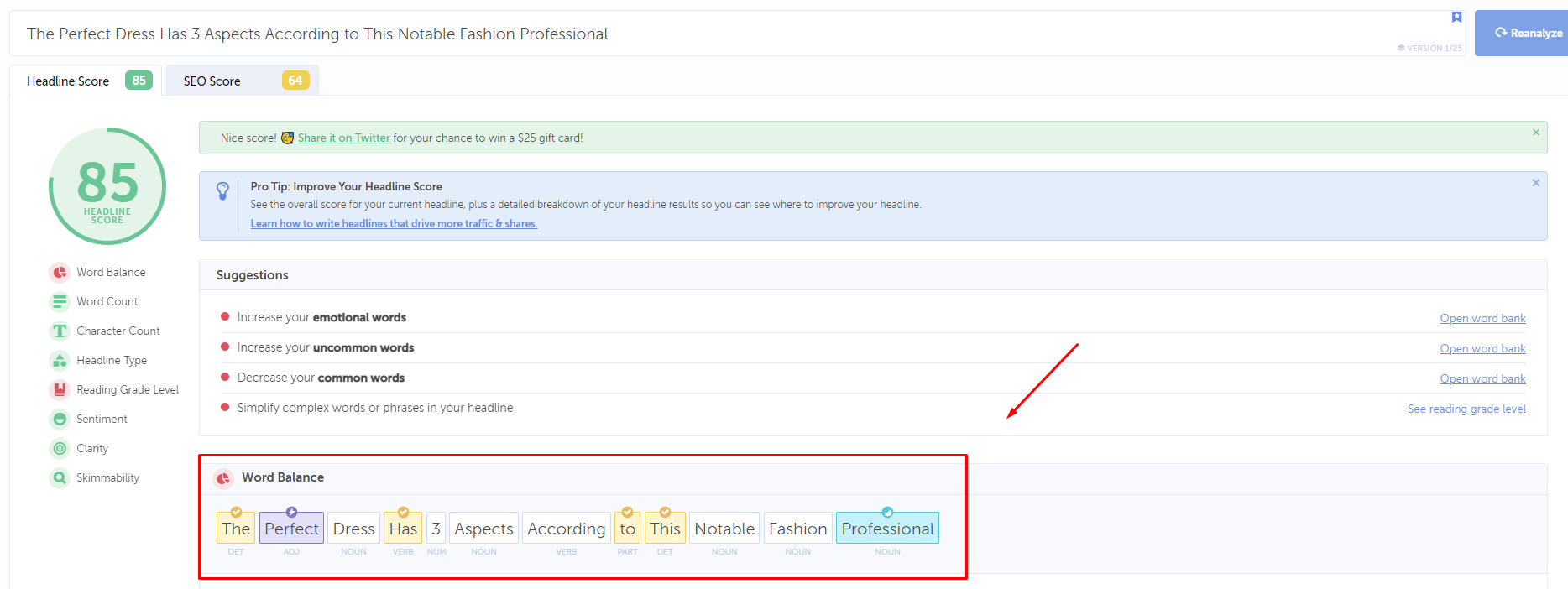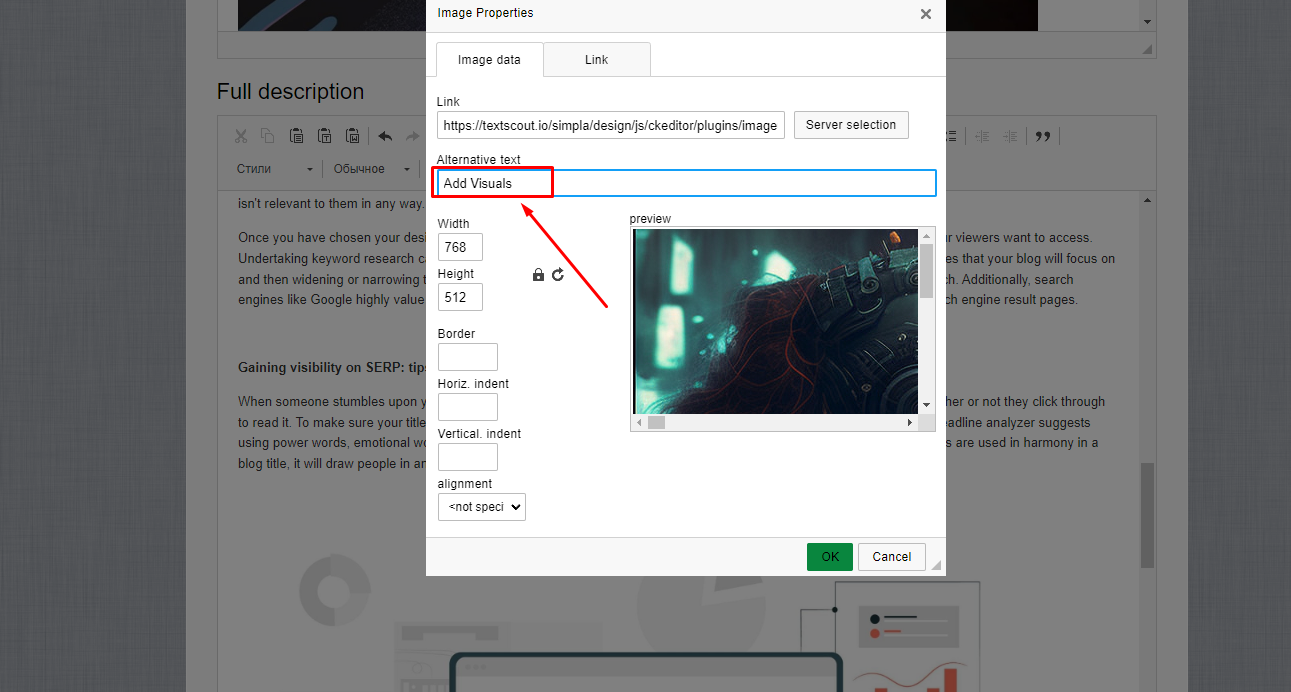Top 5 Organic SEO: Best practices
Additionally, we'll discuss how blogging can improve SEO and provide best practices for optimizing your blog posts for search engines, including conducting keyword research, adding visuals, writing catchy titles, including enticing calls-to-action, focusing on the reader's experience, optimizing for SEO, and creating content your readers will love. By incorporating these practices, you can start seeing the benefits of blogging for SEO and gain more traffic and leads over time.
If you're looking to improve your website's search engine rankings, you'll need to consider a number of factors that can affect your results. Here are some best practices and tips to help you optimize your website for SEO.
1. Write unique, quality content: create content that is unique and of high quality to give visitors a reason to stay on your site and engage with your content. Create evergreen content that will help you rank over time, not just in the near future. Repurpose and update your current content, as well as remove outdated content. Focus on the goals and intent of your ideal readers, and deliver relevant content that will climb the ranks of the SERP. Use a blog to increase organic traffic and leverage content syndication to boost visibility.
2. Optimize your content for search engines: use seo best practices such as keyword research, meta tags, and optimizing page titles and descriptions to help search engines find your content more easily.
3. Boost your rankings with backlinks: develop relationships with other websites or bloggers in your industry to increase the number of backlinks pointing back to your website from other sites.
4. Promote your content: use social media channels like Twitter, Facebook, Linkedin and YouTube to promote your content and increase visibility online.
5. Track results & analyze performance: monitor website traffic using analytics tools such as Google Analytics or webmaster tools to gain insight into which parts of the content are working well and where improvements can be made for better results in the future.
Why does blogging improve SEO?
Search engines like Google utilize ranking criteria to decide which search results come up for each query, and how those results are placed. Writing blog posts can help you optimize your website for major Google ranking elements, such as organic click-through rates. Blogging helps you build relevant content for more keywords than other kinds of pages, which can enhance your organic clicks.
For instance, a person who clicks on a landing page typically has the intention to buy. This implies that the individual is clicking because they are ready to make a purchase. However, people use the internet for a multitude of reasons, and a blog can respond to search inquiries that are navigational, informational, or transactional. Developing content for more types of queries can help boost clicks to your website, which then enhances your SEO.
Coverage indexing: Google cannot rank a webpage it hasn’t indexed. This implies that a search engine must discover the content and include it in its index. Then, when someone searches for terms associated with the indexed page, it can be retrieved and shown on the SERP. It is essential to generate relevant and link-worthy content in order to prompt Google to crawl your website pages. To accomplish this, you must continually add new material to your online presence. Having a blog gives you an excuse for including fresh content on your website on a regular basis, which helps with more frequent indexing.
Backlinks: When other websites link to pages on your website, it demonstrates that search engines view your content as authoritative and valuable.

Backlinks are like a peer review system online. If respected sites create backlinks for your blog, then it is more likely that your site will rank in search results. Blogs are a great way to reach visitors since they’re likely to teach or inform them. Internal links are useful for guiding users to other pages on your website, as well as for making it easier for search engine bots to understand your site structure. Additionally, having a blog can generate more pages that you can link to internally, plus it provides a means for directing traffic to the relevant sections of your site.
For example, if you offer lawn mowing services through your lawn maintenance company, someone searching for a lawnmower won’t easily come across your services online. However, by writing blogs about topics like the best lawnmowers, lawn mowing difficulties, or pest control for lawns, you can make your website more visible. Then, if an individual looking for a mower decides they need an easier solution, they could be ideal candidates for your services. You can direct them to other pages of your site through internal links.
There are numerous advantages of blogging for SEO. Blogging allows you to provide your readers with relevant data, which can bring in new prospects and foster relationships with existing customers. Generating a blog can assist you in gaining trust, enhancing sales and leads, as well as boosting your search engine optimization.
Blog SEO Best Practices
Discovering your blog's intended readers should be the initial step in your plan. It doesn’t matter what sector you are focusing on, you need to identify and communicate with the primary viewers of your material. You will want to get a sense of who they are, what they want out of your article, and how to make it happen. Buyer personas can be a great tool in this process as they help you target audiences based on their buying trends, demographics, and psychographics. Without this knowledge, all the effort put into creating well-written articles can go to waste since few people will bother clicking since it isn't relevant to them in any way.

Once you have chosen your desired audience and crafted a buyer persona, it is essential to identify the kind of material your viewers want to access. Undertaking keyword research can be tedious if you don't start with a plan. Thus, I would advocate beginning with the themes that your blog will focus on and then widening or narrowing the scope accordingly. For more information, please refer to our tutorial on keyword research. Additionally, search engines like Google highly value visuals for particular keywords. In this respect, photos and videos are usually seen in search engine result pages.
Gaining visibility on SERP: tips to create appealing visuals and add alt text for an enhanced user experience
When someone stumbles upon your blog post, the title is the first thing they'll see. This can have a massive impact on whether or not they click through to read it. To make sure your titles stand out from the crowd, use data, ask questions, and create curiosity. CoSchedule's headline analyzer suggests using power words, emotional words, and both common and uncommon words for maximum impact. When all four elements are used in harmony in a blog title, it will draw people in and keep them engaged.
This is an example of a catchy title that scored 87 with the CoSchedule headline analyzer: "The Perfect Dress Has 3 Aspects According to This Notable Fashion Professional." Prominently displayed in yellow are everyday words. They're recognizable to the reader and don't differ too much from other headlines that may appear in the SERP. "Expert" is an emotive word, according to CoSchedule. In this instance, the term expert gives assurance to the reader and informs them this article contains an authoritative stance. Purple words are power words – they keep readers engaged and pique their curiosity about the topic. The usage of the number three in this title is significant, conveying to the reader that they will be provided with a certain quantity of information related to the ideal dress.

Include an inviting CTA. What would a blog post be without a call to action? The purpose of a CTA is to guide your reader through the next part of their journey on your blog. The key to an effective CTA is that it's related to the topic discussed in the post and fits seamlessly with the remainder of the material. Whether you are selling a product, proposing a newsletter subscription, or hoping for readers to read more of your content, you must have a captivating CTA for every blog post you distribute. CTAs are available in many types and forms, so get creative and try them out. Buttons, hyperlinks, and widgets are some of the most frequent CTAs, each with distinct objectives. For instance, if you want someone to make a purchase, then add an eye-catching CTA like a button. On the other hand, if you wish for someone to check out another post, then just include a hyperlink at the end of this article.
It's essential to focus on the reader's experience when you write. A good writer or SEO expert knows that this is one of the most important aspects of a blog post. This includes readability, formatting, and page speed. Consequently, you must create content that is easy to understand and covers your topic thoroughly with up-to-date information and figures. Utilizing headings and subheadings can help the reader quickly find what they are looking for. Moreover, visuals such as photos and videos have an effect on page speed; therefore, strive to keep image sizes at a minimum (e. g., 250 kb) and be mindful of how many videos you embed on one page. In order to create an article that is perfect for search engine optimization, make sure you are aware of what the readers need and structure the post in such a way that it meets their expectations.
Blog SEO Best Practices for Higher Rankings
You’ve written a great blog post, but now what? How do you get your content in front of your target audience and rank higher in search engine results pages (SERPs)? This is where blog search engine optimization (SEO) comes in. To increase your chances of ranking higher, it’s essential to incorporate certain blog SEO best practices that align with search engine algorithms. In this article, we’ll cover everything you need to know to optimize your blog for search engines and get more traffic.
Add Visuals
Design creative graphics, use original photos and videos, and add descriptive alt text to every visual element within your blog post. Alt text is a major factor that determines whether or not your image or video appears in the SERP and how highly it appears. By optimizing your visuals, you increase your chances of ranking higher and attracting more readers.

Write a Catchy Title
The title of your blog post is the first element a reader will see when they come across your article, and it heavily influences whether they'll click or keep scrolling. Use data, ask a question, or lead with curiosity to pique the reader's interest. Your title should be short, descriptive, and include your target keyword.
Include an Enticing CTA
A great call-to-action (CTA) is relevant to the topic of your blog post, flows naturally with the rest of the content, and is easily accessible. A CTA leads your reader to the next step in their journey through your blog. It could be a request for more information, a newsletter subscription, or to read more content.
Focus on the Reader's Experience
Your blog post should be clear, comprehensive, and accurate. Organize your content using headings and sub-headings to make it easy to read. Keep image file sizes low, limit the number of videos you embed, and optimize for mobile devices. Inbound links that come back to your site won't be divided between the separate URLs, centralizing the SEO power.
Boost Your SEO: Best Practices and Tips
Best practices and tips can help improve your website's rankings, but keep in mind that they're not always enough. There are many other important ranking factors to consider, such as site speed, mobile-friendliness, and content quality. If you're still struggling to rank higher, consider seeking out additional resources or consulting with an SEO expert.
-
Keyword Research is the process of identifying and targeting the words and phrases that people use to search for your content. You can use tools like Google Keyword Planner to find relevant keywords, and then use them strategically throughout your content. Keyword research is a critical component of SEO. By finding and targeting the right keywords, you can optimize your blog post for search engines, increase its visibility, and drive more traffic to your website. Use tools like Google Keyword Planner, Ahrefs, or SEMRush to identify relevant keywords related to your topic.
-
Backlinks Backlinks are links from other websites to your own. The more quality backlinks you have, the higher your website will rank in Google. You can build backlinks by guest posting on other websites, sharing content on social media, and creating valuable content that other websites will want to link to.
-
HTTPS is a secure protocol that encrypts information sent between the visitor and server. It makes your website more secure, which can lead to better rankings in Google.
-
CDN. A content delivery network is a network of servers that store copies of your website's files. Using a CDN can help speed up your website's load time, which is a key ranking factor for Google.
-
Image Optimization: Compressing images can help reduce their size, which can improve your website's load time. Lazy-loading is another technique that can improve load times by deferring the loading of offscreen resources until they're needed.
-
Optimized Theme: Using an optimized theme can help improve your website's load time and overall performance. Before choosing a theme, make sure to run it through Google's Pagespeed Insights tool to ensure that it meets their speed and performance guidelines.
-
Title and URL: Your title and URL are important ranking factors. Use relevant keywords in both, but avoid using long URLs that can intimidate searchers. Keep your title tag under 60 characters and your descriptions under 150 characters. Align your title and description with search intent and utilize powerful words to entice clicks.
-
Internal Links help Google understand what your page is about. Look for suitable places to add internal links on pages that fit the bill.
-
Content Gap Analysis. Use Ahrefs' Content Gap tool to identify keywords that your competitors are ranking for, and then create content around those keywords.
In conclusion, to get more traffic and rank higher in SERPs, focus on the right keywords, add visuals, write a catchy title, include an enticing CTA, focus on the reader's experience, optimize for SEO, and create content your readers will love. These blog SEO best practices will help you get more visibility and rank higher in search engine results. By incorporating these practices, you can start seeing the benefits of blogging for SEO and gain more traffic and leads over time.





Тут еще никто ничего не писал, стань первым!